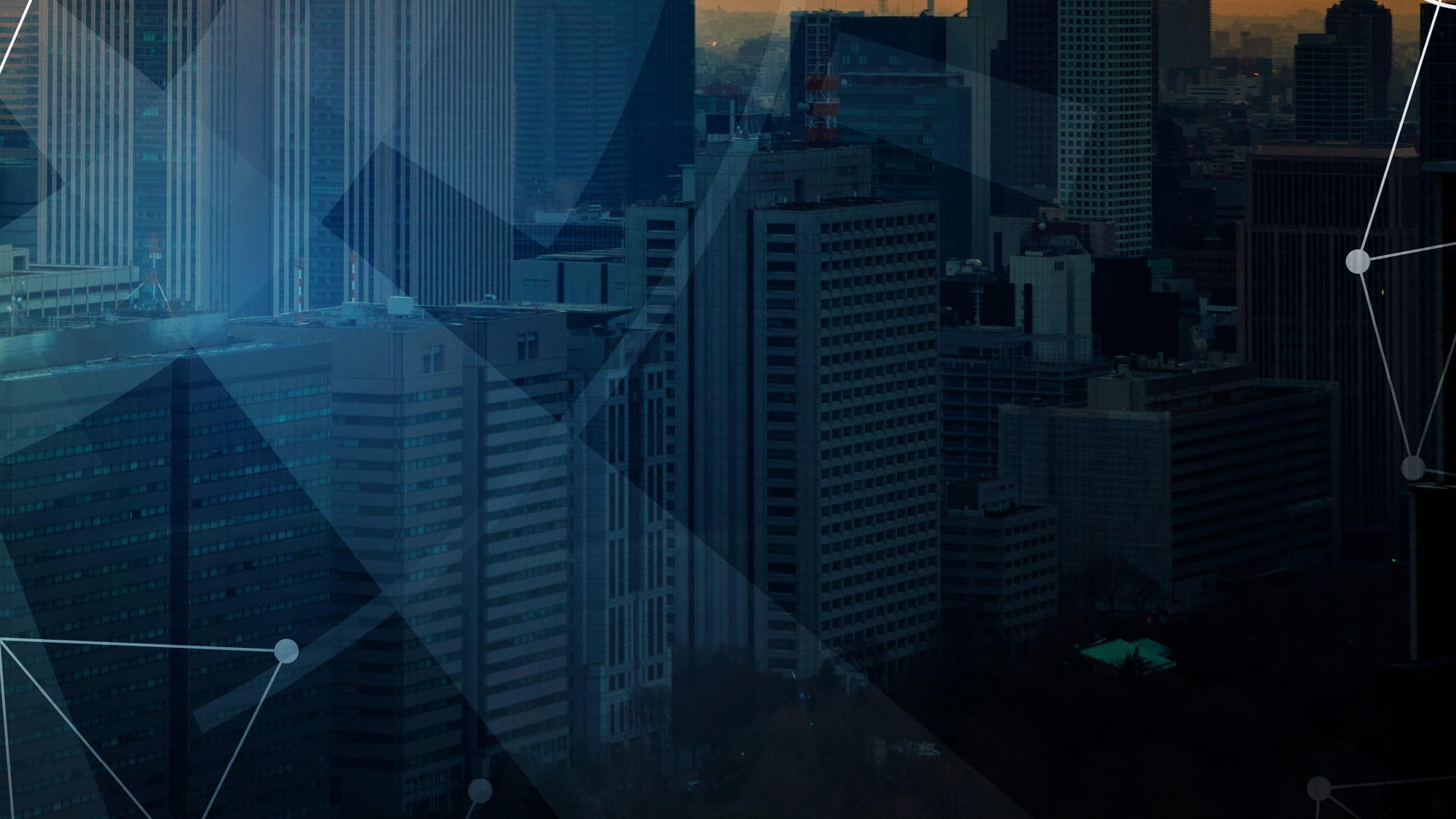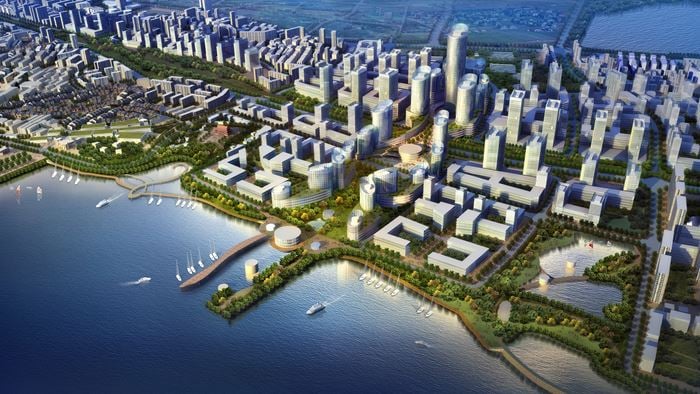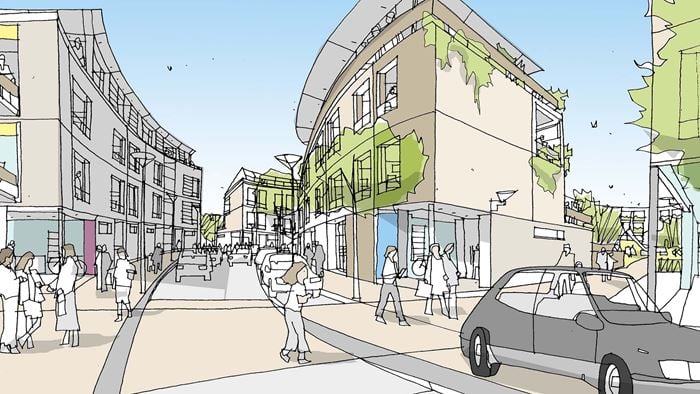Isaac Asimov, the late American science fiction writer, left us, among many things, with this thought-provoking quote: “The saddest aspect of life right now is that science gathers knowledge faster than society gathers wisdom.” There are a number of truths to this.
The first is that science has empowered us with an ever deeper and broader understanding of the world around us. We are living in an Internet and science-fuelled “age of enlightenment” where almost everything can be known with the touch of a button.
The second is that it is still incredibly difficult for individuals and organisations to make effective use of this knowledge. Incomplete access to knowledge, competing priorities and a lack of integrated thinking often make it impossible to translate all the scientific evidence we have into actionable insights for decision making. Machine learning and artificial intelligence are changing this in some domains, but they still only reach areas where data is plentiful, accessible and useable.
What does this new “age of enlightenment” mean in the context of cities? From my experience, Asimov’s view also applies to current thinking in urban design, planning and policy.
When it comes to designing urban spaces, there is so much we could and should know, but fail to make structured sense of. Our discipline often rushes into projects, without first taking a step back and trying to understand the wider context.
Imagine being asked to design a new district in a large city. You start to gather all the evidence to make choices on the provision of transport, the size and typologies of spaces, civil engineering requirements, public services, etc. Before you know it, you find yourself overwhelmed—a modern district must now be age-friendly, carbon neutral, climate resilient, designed using circular principles, and so forth. It is often simply impossible for asset owners/ operators, individuals, or project teams to adequately take account of all these priorities and integrate them in a structured and meaningful way.
To address this complexity, urban design professionals tend to allocate responsibility to siloed experts with distinct specialisms and miss out on the opportunity for a truly integrated and holistic approach.
As Asimov argues, a lack of information and evidence is no longer the problem. Rather, it is that we often fail to integrate evidence into a coherent picture and a common vision when working on urban design. More information does not equate to better decisions.
The idea is to start big, think holistically and slowly zoom into priorities right from the start of a project. This approach helps to set better foundations from which everything else can grow and ensures that we look into the future whenever we can.
The other key ingredient urban design professionals often overlook is the forward view: a look into the future, where we ask ourselves how the world could be different, and what this would mean for our design and decision making today.
So how can we address this challenge? We need to recognise the complexity and systemic nature of everything we do. It does not matter if you are designing a single building or an entire city: all projects exist within a complex ecosystem, and this ecosystem is subject to constant change.
What does this mean in practice? I like to use the simple “STEEP framework” that captures the Social, Technological, Economic, Environmental and Political factors driving change within a “system”. Teams can do this at the start of every project to help identify priorities and set a common vision.
For example, if you were designing a new district in Singapore, you could use the STEEP framework while considering issues such as the following:
-
Social: an ageing population, shifting household patterns
-
Technological: energy system transformation, expansion of robotic and autonomous systems
-
Economic: future growth industries, scaling up to a circular economy
-
Environmental: impact of climate change, biodiversity loss
-
Political: changing environmental policy, housing strategy.
Our discipline often rushes into projects, without first taking a step back and trying to understand the wider context.
It is important to identify and discuss these factors with the whole project team, bringing together all stakeholders as part of a single future-focused process and dialogue. This approach immediately brings about a much more diverse and holistic view of everything that matters to a project.
It also enables an early conversation on outcomes. What do we really want to achieve in terms of positive social, economic and environmental effects in the future? How do different disciplines work together to maximise benefits? We build bridges across disciplines, generate clarity on priorities and start to generate a common vision of what we are trying to achieve.
Analysis of the system, factors and trends driving change can then be supplemented with scientific evidence and the best available knowledge. Collectively, this is utilised to inform the priorities for a future programme, architectural brief, or wider masterplan. The idea is to start big, think holistically and slowly zoom into priorities right from the start of a project. This approach helps to set better foundations from which everything else can grow and ensures that we look into the future whenever we can.
Starting with imagination and setting a strong and ambitious vision allows us to contextualise change, understand future trends, align all relevant project stakeholders and ultimately make better decisions today. It is our attempt to bring together the best of our scientific knowledge and apply it with wisdom.
Originally published in Urban Solutions Issue 20: The Science of Cities produced by the Centre for Liveable Cities Singapore. Reproduced with permission.
 ;
;



